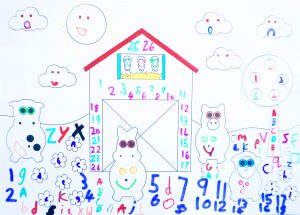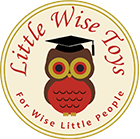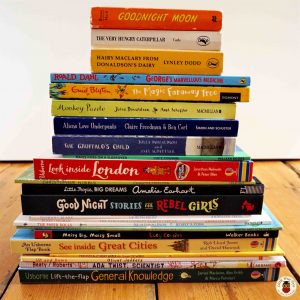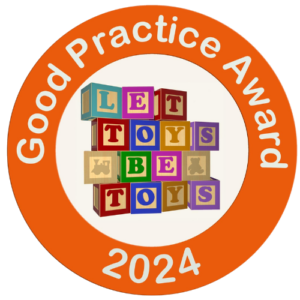
The act of colouring in can provide so many life-long benefits for young children. Here are just a few.
Motor skills
The act of colouring in can help improve fine motor skills in young children. The motions involved in holding the tools, and colouring with them, can help in the development of tiny muscles in the wrist, fingers and hands. This will, in turn, help young children to learn to write and manipulate other small objects.
Concentration, relaxation and patience
Colouring in requires lots of concentration and patience and the experience of focusing on the task can help a child develop his or her overall concentration levels. It can also be a calming activity that provides an opportunity for children to slow down for a while and relax while creating their work of art.
Creativity
Whether children stay in the lines or not, colouring in is a great stimulant for creative thinking and self-expression. It provides children with an opportunity to develop a drawing style and enjoy creating an imaginary world. Children can also learn to plan as they make decisions about which colours they will use in their picture for different parts, and what order they will colour things in. As their confidence grows, they can start to take risks and experiment with things like colour, patterns, themes and special effects.
Hand and eye co-ordination
The act of holding crayons, choosing colours, and using the colouring tool in a specified area can all assist in the development of hand and eye coordination.
Colour recognition
Colouring in gives children a wonderful opportunity to explore different colours and different colour combinations in a direct, hands-on, and engaging way.
Confidence and self-worth
Giving young children an opportunity to gain self-confidence and a sense of self-worth is never an opportunity to be missed. Colouring in and completing the task can help to boost a child’s sense of accomplishment and pride in themselves when they can see what they have achieved.
Don’t forget, when you subscribe to Little Wise Toys (via the subscription box), you will receive a welcome gift of four printable colouring-in sheets of the Little Wise Toys’ zoo, farm, sea life and farm life collages for your little ones to enjoy. The image in this blog is of the farm life sheet where my Artistic Director, Little Wise Junior, designed her colouring-in sheet to reflect some of the themes of the Little Wise Toys range (namely emotions, maths and phonics).
Happy colouring and here’s to the many wonderful benefits that it brings!









Recent Comments